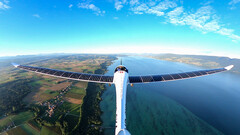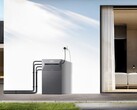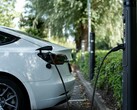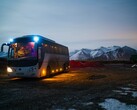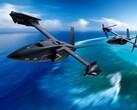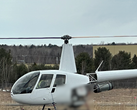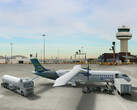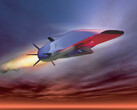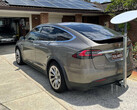On August 12, the Swiss pilot Raphaël Domjan achieved 9,521 metres of altitude in a fully electric plane (fully charged with solar power) that uses batteries and solar cells to fly. According to SolarStratos, the company behind this achievement, surpasses the previous record of 9,235 set by Solar Impulse in 2016, between Cairo, Egypt, and Abu Dhabi, UAE. However, the record is still under review by the Fédération Aéronautique Internationale (World Air Sports Federation, in English), which analyses all of the data before granting the record.
To achieve this feat, Domjan flew in an HB-SXA aircraft, departing from Sion Airport in Switzerland. The plane used warm air thermals to gain altitude and was propelled by a double electric motor capable of delivering a continuous output of 50 kilowatts (with a peak of 70 kW), operating at a maximum rotational speed of 2,200 revolutions per minute (rpm).
The propeller featured three blades and had a diameter of 1.9 meters.
The flight lasted 5 hours and 9 minutes, and during the cruising altitude, Domjan crossed paths with a commercial airliner, which the company described as “a powerful symbol of what the decarbonised aviation of tomorrow might look like.”
The aircraft can seat two people and was designed by Calin Gologan and the German company Elektra Solar GmbH. It has a wingspan of 24.8 metres and is 8.5 metres long. It is equipped with solar cells in the wings, spanning over 22 square metres, with an efficiency of 22% to 24%. The solar cells provide a total capacity of between 11 and 28 kilowatt-hours to the lithium-ion batteries.
The company had been preparing for this flight for the last months and has a goal of surpassing 10,000 metres, the cruising altitude of commercial planes. On July 31, SolarStratos completed a 2 and a half hour flight and achieved an altitude of 6,589, which at the time was the highest achieved in the HB-SXA.




